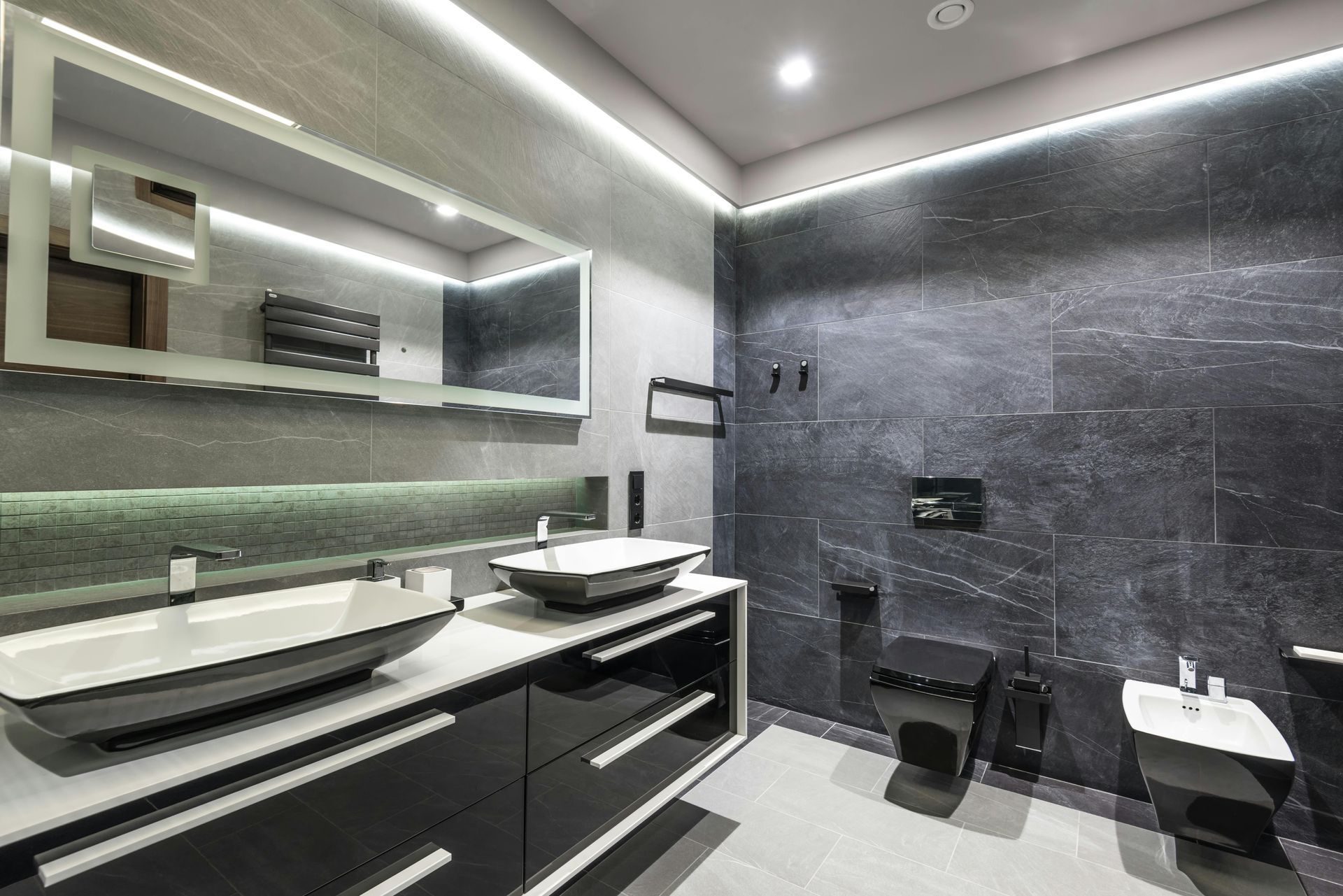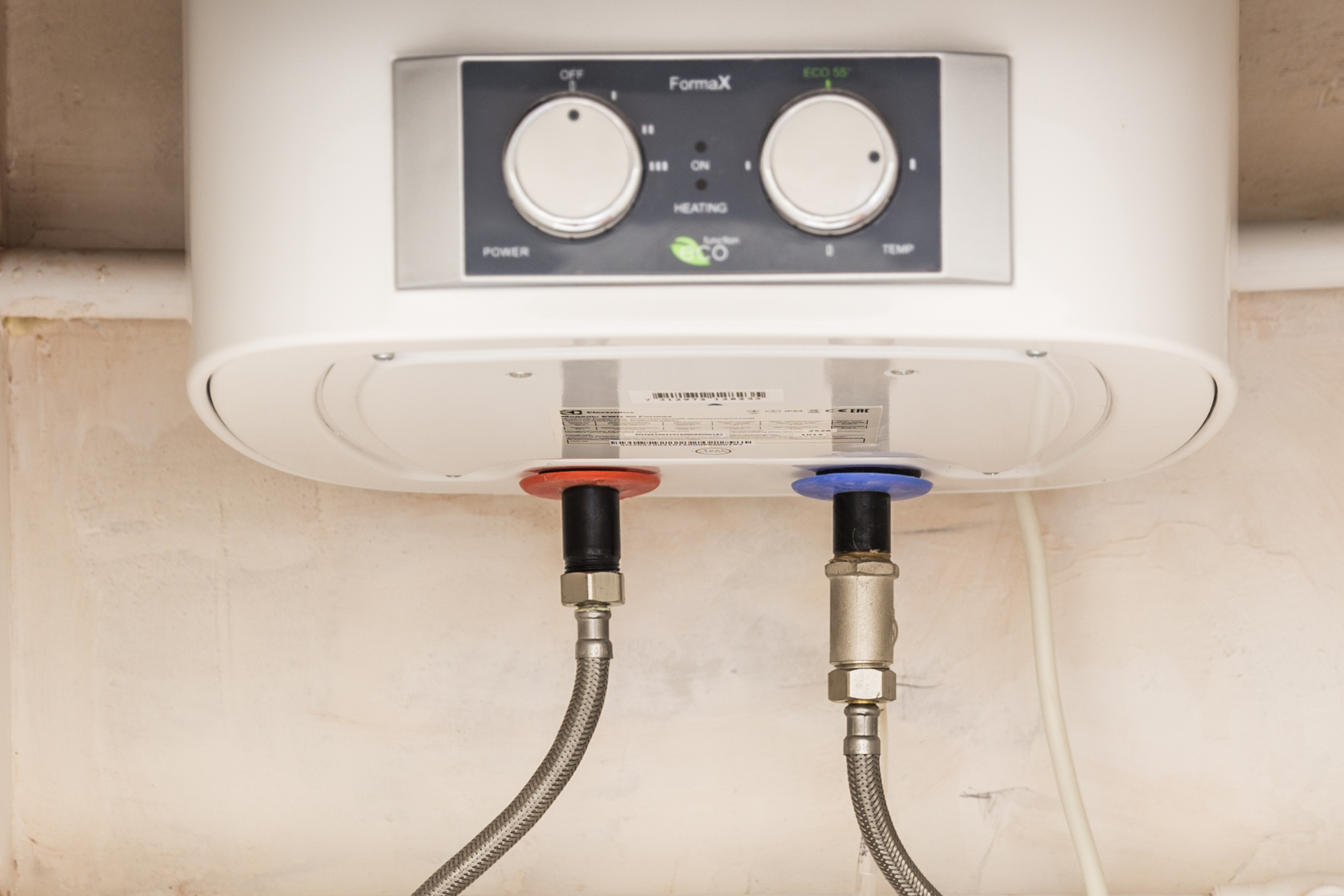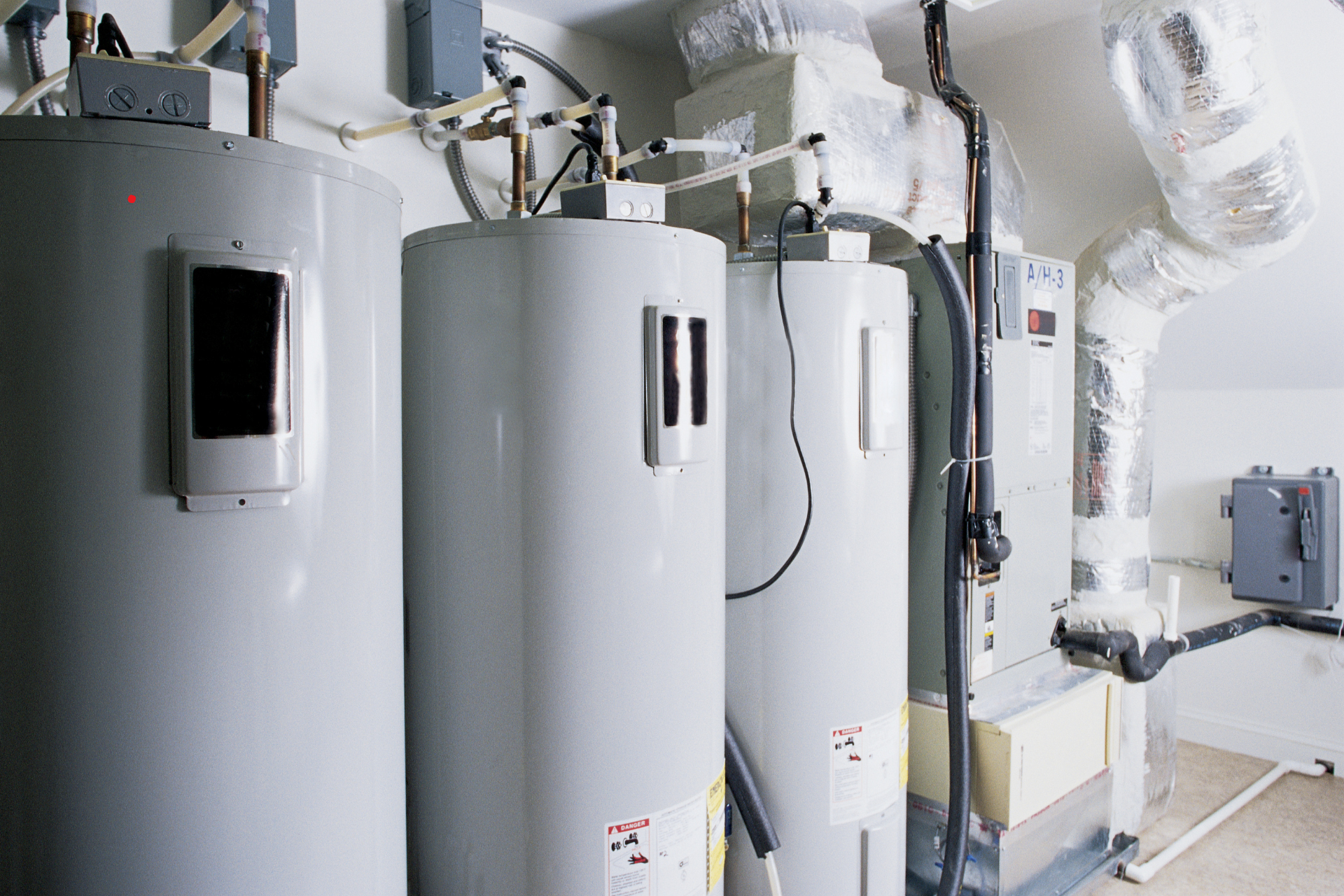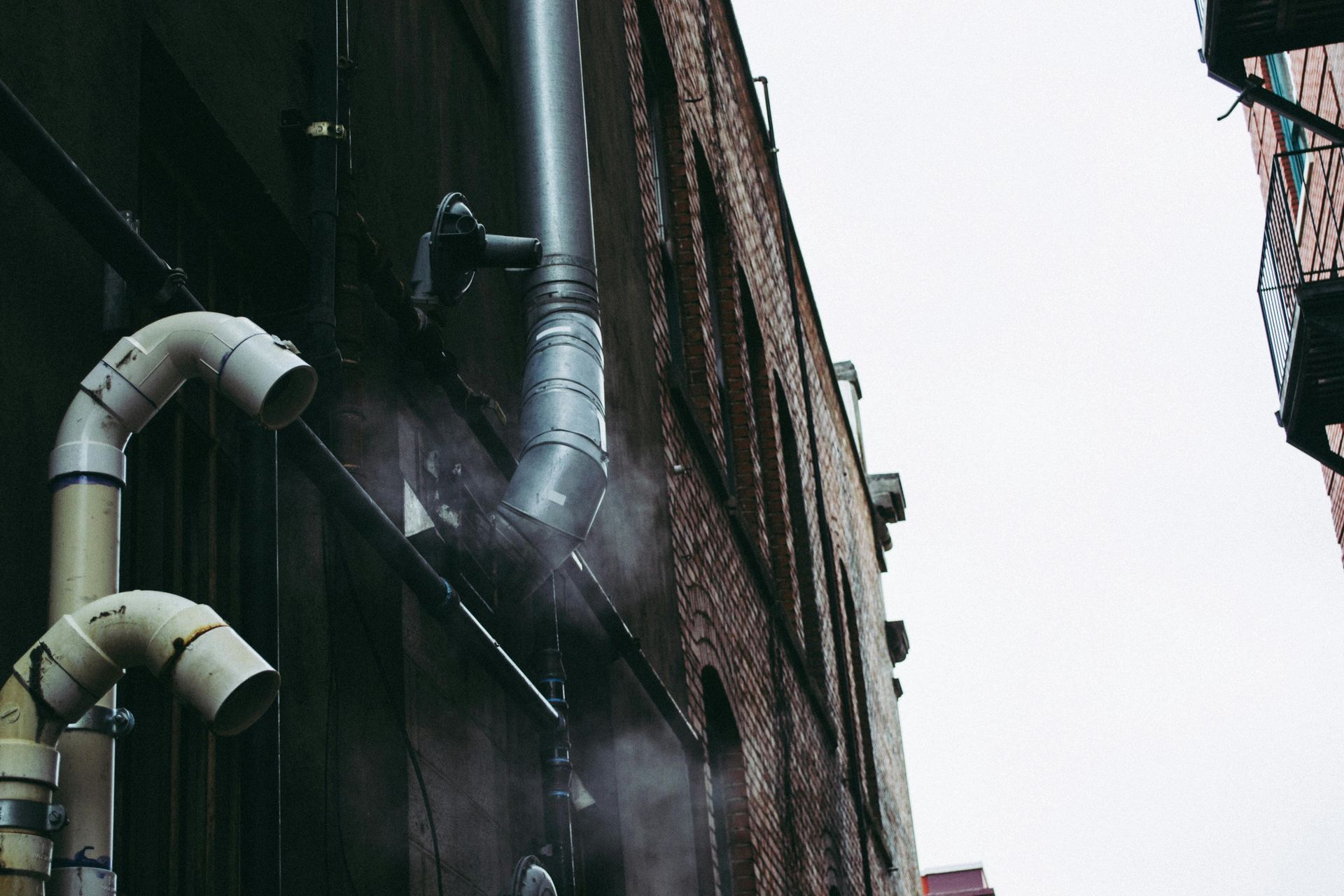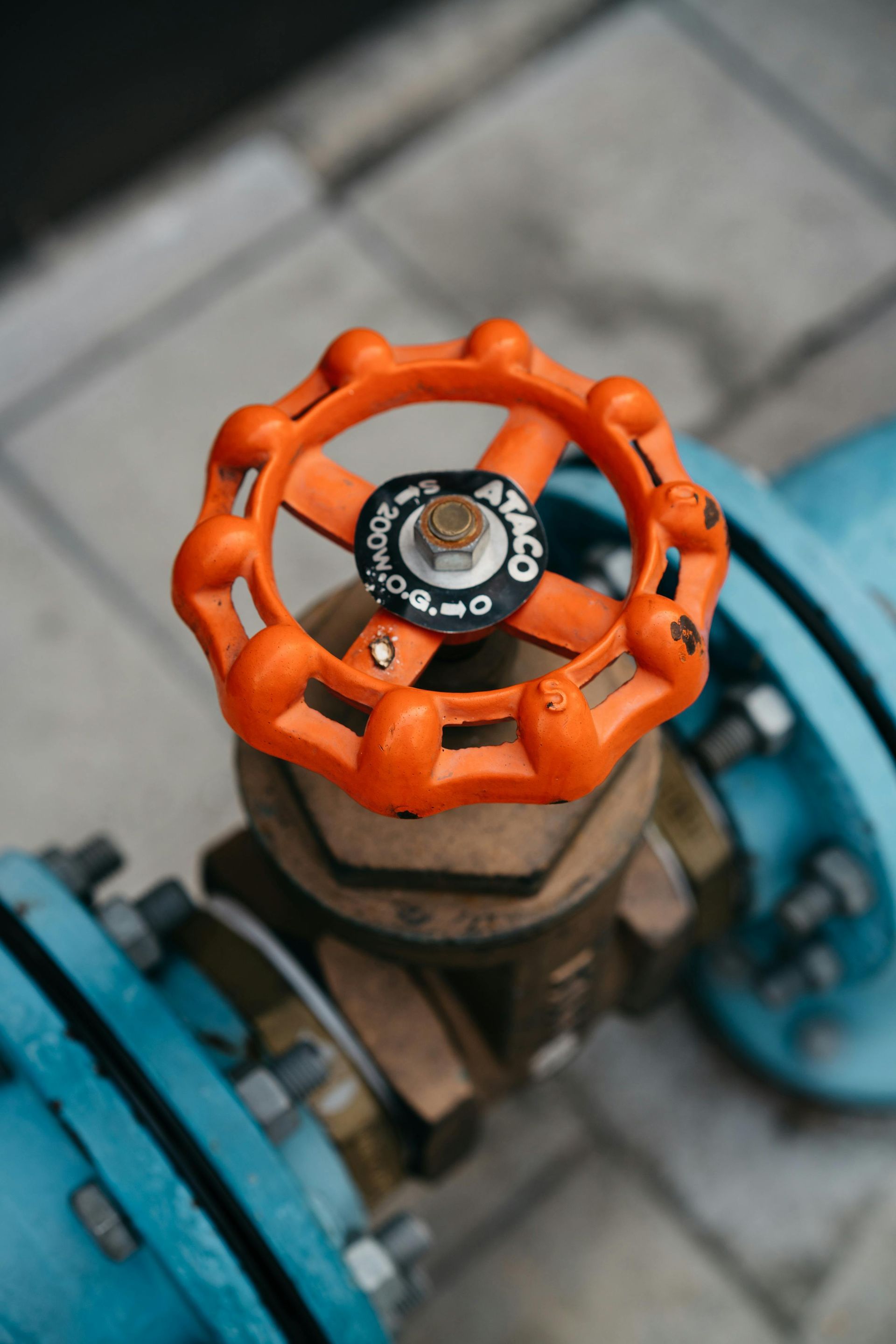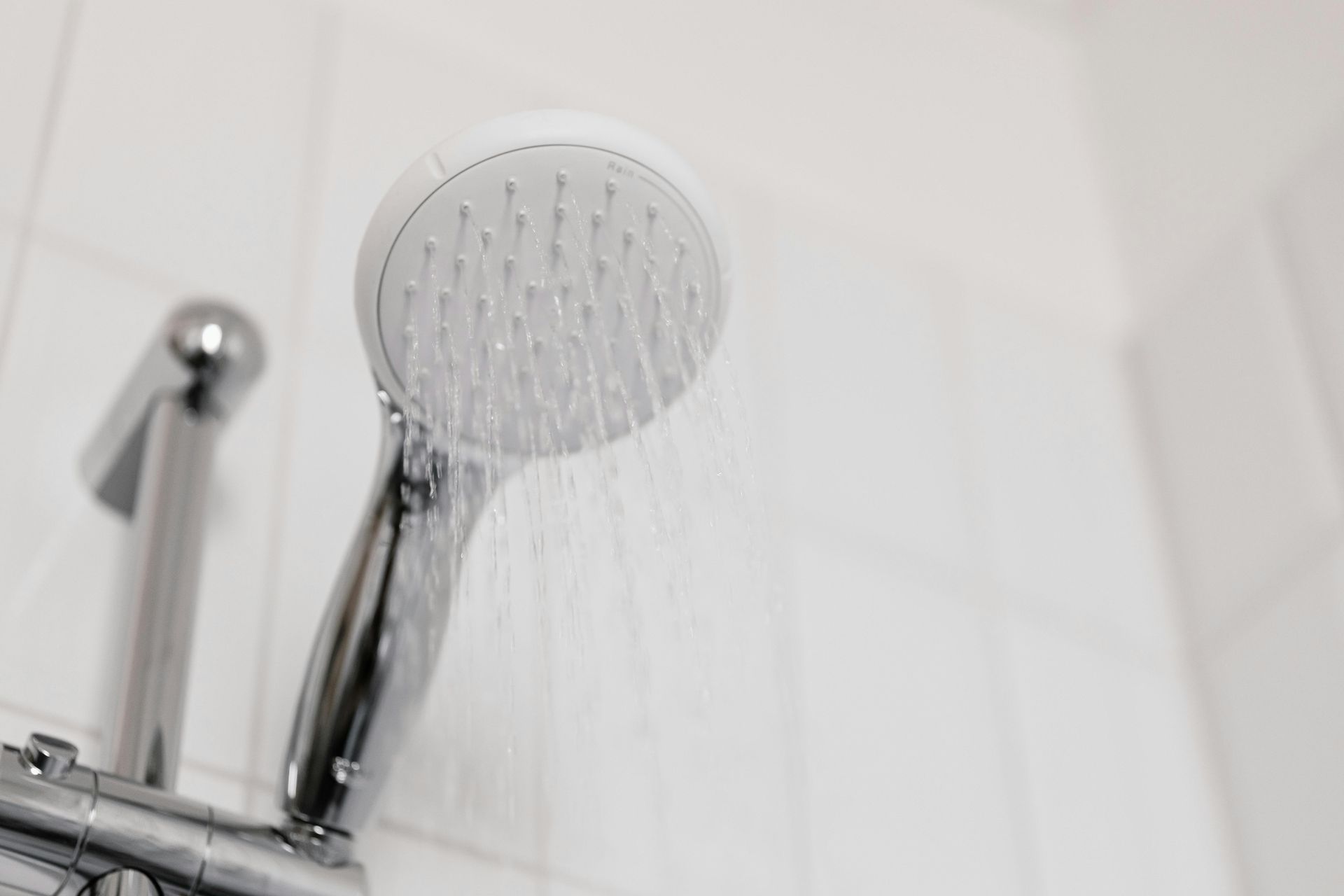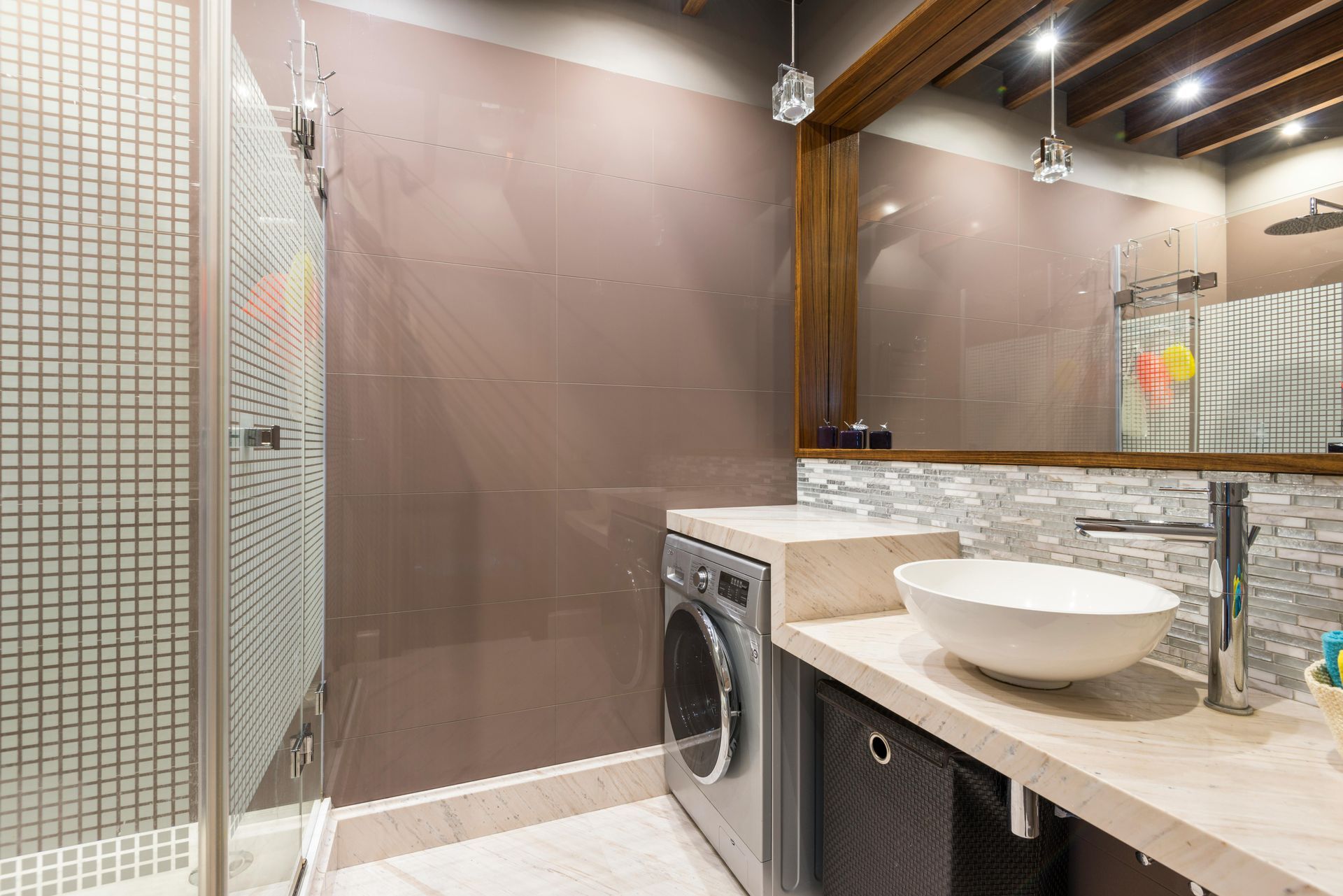How to Protect Your House and Basement From Flooding? New Sump Pump and Battery Back-Up System

Flooding is a significant concern for homeowners, especially in the Chicagoland area where heavy rains and storms can lead to water damage. Installing a sump pump with a battery backup system is an effective way to protect your home from flood damage. This blog post will cover everything you need to know about sump pumps, battery backup systems, and how they can safeguard your property.
What is a Sump Pump?
A sump pump is a device installed in the lowest part of a basement or crawlspace. Its purpose is to prevent flooding by removing water that accumulates in a sump basin, which is typically constructed in a pit. Sump pumps work by pumping out water that collects in the basin and directing it away from your home, keeping your basement or crawlspace dry. There are two main types of sump pumps: submersible and pedestal. Submersible pumps are installed inside the sump pit and are designed to function underwater, while pedestal pumps are mounted above the sump pit and are easier to service.
The Importance of a Sump Pump in the Chicagoland Area
The Chicagoland area is prone to heavy rainfall and frequent flooding, making sump pumps an essential component for many homes. Basements can flood for various reasons, including excessive rain, rising water tables, or poor drainage systems. Having a reliable sump pump helps mitigate these risks by quickly removing water that could cause significant damage to your home. By investing in a sump pump, homeowners in flood-prone areas can prevent costly water damage and maintain a dry and safe living environment.
What is a Battery Back-Up System?
A battery backup system is an additional power source for your sump pump that activates during power outages. This system ensures that your sump pump continues to function even when the primary power source is unavailable. Battery backup systems come in different types, including lead-acid batteries and maintenance-free options, each offering various levels of reliability and longevity.
Why You Need a Battery Back-Up System
During severe storms, power outages are common, and without a battery backup system, your sump pump will be unable to operate. This can lead to basement flooding and significant water damage. A battery backup system provides continuous protection, ensuring that your sump pump can still remove water even when the power is out. Homes equipped with a battery backup system have a much higher chance of staying dry during emergencies compared to those without one.

Installing a New Sump Pump & Battery Back-Up System
Installing a new sump pump and battery backup system involves several steps. While some homeowners may choose to tackle this as a DIY project, it is often best to hire a professional to ensure proper installation. Key features to look for in a sump pump include a powerful motor, durable construction, and a reliable switch mechanism. For the battery backup system, consider the battery capacity, recharge time, and overall maintenance requirements.
Sump Pump Maintenance Tips
Regular maintenance is crucial to keep your sump pump in optimal working condition. This includes periodic inspections to ensure the pump is free from debris and functioning correctly. Common issues such as stuck switches or clogged discharge lines should be addressed promptly. Testing your battery backup system regularly ensures it will perform when needed, providing peace of mind during heavy rains or power outages.
Comparison & Consideration
When choosing a sump pump and battery backup system, compare different brands and models to find the best fit for your home. Consider factors such as cost, power, and efficiency. While the initial investment may seem high, the potential savings from preventing flood damage make it worthwhile. Additionally, look for energy-efficient models to reduce your environmental footprint.
Benefits of Installing a Battery Backup System
Installing a sump pump with a battery backup system provides numerous benefits. It offers peace of mind, knowing your home is protected from flooding during storms and power outages. This system can also increase your home’s value and may provide benefits on your homeowner’s insurance. Long-term savings from avoiding water damage and costly repairs make this investment a smart choice for any homeowner.
In Conclusion
Protecting your home from flood damage is crucial, especially in areas like Chicagoland that are prone to heavy rains and storms. Installing a sump pump with a battery backup system provides a reliable solution to keep your basement dry and your home safe. Stay tuned for our next blog post on how to tell when your sump pump needs to be replaced and ensure your flood prevention system is always in top condition.
Up Next: How to Tell When Your Sump Pump Needs to Be Replaced
Sump Pump & Battery Backup FAQs
Our answers to the most frequent questions about Battery Backup systems and Sump Pumps!
How often should I replace my sump pump?
On average, sump pumps last about 7-10 years. Regular maintenance can extend their lifespan.
What is the lifespan of a battery back-up system?
Most battery back-up systems last 3-5 years, depending on usage and maintenance.
Can I install a battery back-up system on my existing sump pump?
Yes, many battery back-up systems can be added to existing sump pumps for enhanced protection.

